

Articles
How To Store Whole Carrots
Modified: August 27, 2024
Learn the best techniques for storing whole carrots to keep them fresh and delicious. Discover helpful tips and tricks in this informative article.
(Many of the links in this article redirect to a specific reviewed product. Your purchase of these products through affiliate links helps to generate commission for Storables.com, at no extra cost. Learn more)
Introduction
Carrots are versatile and nutritious root vegetables that make a great addition to any meal. Whether you grow your own carrots or purchase them from a local market, knowing how to store them properly is essential to preserve their freshness and flavor. Proper storage techniques can help extend the lifespan of carrots, ensuring that you can enjoy them for months to come.
In this article, we will explore various methods for storing whole carrots to maximize their shelf life. From keeping them in the refrigerator to storing them in a root cellar or even freezing them, we will cover it all. So, let’s dive in and learn how to store whole carrots effectively.
Key Takeaways:
- Properly storing whole carrots can extend their freshness and flavor for months. Choose fresh, uncut carrots, prepare them carefully, and select the right storage method to enjoy them year-round.
- Whether in the refrigerator, root cellar, sand, or freezer, each storage method offers unique benefits. Handle carrots with care, monitor conditions, and follow these tips to maximize their longevity and minimize waste.
Read more: How To Store Whole Onions
Choosing the Right Carrots
When it comes to storing whole carrots, selecting the right ones is crucial. Here are a few tips to keep in mind when choosing carrots for storage:
- Choose fresh carrots: Look for carrots that are firm, smooth, and free from blemishes or soft spots. Fresh carrots have vibrant orange color and healthy-looking greens.
- Consider the size: Carrots come in various sizes, but it’s best to choose medium-sized carrots for storage. They tend to have a good balance of flavor and moisture.
- Opt for uncut carrots: Whole, uncut carrots tend to retain moisture better and have a longer shelf life compared to pre-cut or peeled ones.
- Check for signs of spoilage: Avoid carrots with mold or signs of rot. These can quickly spread and spoil the entire batch.
By selecting fresh, undamaged carrots, you set a solid foundation for successful storage and preservation.
Preparing Carrots for Storage
Before you store whole carrots, it’s important to prepare them properly to ensure optimal freshness and longevity. Here’s how to prepare carrots for storage:
- Remove the greens: Cut off the leafy greens from the carrot tops. The greens can draw moisture from the carrot and cause spoilage.
- Gently wash the carrots: Rinse the carrots under cool water to remove any dirt or debris. Use a vegetable brush to lightly scrub the surface if necessary.
- Dry the carrots: It’s important to thoroughly dry the carrots before storing them. Excess moisture can lead to rotting. You can pat them dry with a clean towel or let them air dry for a few minutes.
- Do not peel: It’s best to store whole, unpeeled carrots as the skin helps retain moisture and nutrients. You can peel them right before using them in recipes.
By following these simple preparation steps, you ensure that your carrots are clean, dry, and ready for storage.
Method 1: Storing Carrots in the Refrigerator
One of the easiest ways to store whole carrots is by keeping them in the refrigerator. Follow these steps to store carrots in the refrigerator:
- Place carrots in a perforated bag: Place the carrots in a plastic bag with small holes or puncture a few holes in a regular plastic bag. This helps to maintain proper airflow and prevent excess moisture buildup.
- Store carrots in the crisper drawer: Put the bag of carrots in the crisper drawer of your refrigerator. This cool and humid environment helps to keep the carrots fresh.
- Check and remove damaged carrots: Periodically check the carrots for any signs of spoilage or decay. Remove any damaged carrots to prevent them from affecting the others.
When stored properly in the refrigerator, whole carrots can stay fresh for up to several weeks. This method is convenient and allows for easy access to fresh carrots for your daily cooking needs.
Method 2: Storing Carrots in the Root Cellar
If you have access to a root cellar or a cool, dark, and well-ventilated space, storing whole carrots in the root cellar is an excellent option. Follow these steps to store carrots in the root cellar:
- Prepare the storage area: Ensure that the root cellar is clean, dry, and free from pests. Maintain a cool temperature between 32 to 40°F (0 to 4°C) and a humidity level of around 90-95% for optimal carrot storage.
- Trim the carrot greens: Cut off the leafy greens, leaving about an inch of stem attached to the carrot. This helps to preserve moisture and freshness.
- Layer the carrots: Place the carrots in shallow layers in a crate or box, making sure they do not touch each other. This prevents the spread of rotting if one carrot starts to spoil.
- Cover with damp sand or sawdust: To provide extra moisture and insulation, cover the carrots with damp sand or sawdust. This helps maintain humidity and prevents the carrots from drying out.
- Regularly check for spoilage: Inspect the carrots periodically and remove any spoiled ones promptly to prevent them from affecting the others.
By storing carrots in a root cellar, you can enjoy fresh, crisp carrots throughout the winter months when the outdoor supply may be limited.
Store whole carrots in the refrigerator in a perforated plastic bag to maintain moisture and prevent them from drying out. Keep them in the crisper drawer for optimal freshness.
Read more: How To Store Carrots
Method 3: Storing Carrots in Sand
Another effective method for storing whole carrots is using sand as a medium. Storing carrots in sand is a traditional technique that creates a cool and humid environment, helping to retain their freshness. Follow these steps to store carrots in sand:
- Select a suitable container: Choose a container with a lid, such as a wooden box, plastic bin, or even a bucket. Make sure the container is clean and dry.
- Prepare the sand: Fill the container with clean, damp sand. The sand should be slightly moist, but not overly wet.
- Place the carrots in the sand: Gently bury the carrots in the sand, making sure they are completely covered. Ensure that the carrots do not touch each other to prevent the spread of rot.
- Store in a cool location: Find a cool and dark spot to keep the container, such as a basement or cellar. The temperature should be kept around 32 to 40°F (0 to 4°C).
- Check periodically: Regularly inspect the carrots for any signs of spoilage or decay. Remove any affected carrots promptly to prevent them from spoiling the rest.
Storing carrots in sand provides insulation and humidity, helping to preserve their freshness. This method is particularly useful for long-term storage, extending the shelf life of the carrots for several months.
Method 4: Freezing Carrots
Freezing is a great way to store whole carrots for an extended period. By properly freezing carrots, you can preserve their flavor, texture, and nutrients. Here’s how to freeze carrots:
- Prepare the carrots: Start by washing and peeling the carrots. Cut off the ends and remove any blemishes.
- Blanch the carrots: Blanching helps retain the color, texture, and nutrients of the carrots. Bring a pot of water to a boil and carefully place the carrots in the boiling water for 2-3 minutes. Immediately transfer them to an ice bath to cool and stop the cooking process.
- Drain and dry: Once the carrots are cool, drain them well and pat them dry with a towel.
- Package for freezing: Place the carrots in airtight freezer bags or containers. Squeeze out any excess air before sealing to minimize freezer burn.
- Label and date: Don’t forget to label the containers with the contents and date of freezing.
- Freeze: Place the sealed containers in the freezer and ensure they are stored in a flat position until completely frozen.
Frozen carrots will typically stay fresh for up to 12 months. They can be used in cooked dishes or thawed and enjoyed raw in salads or as a crunchy snack.
Remember to blanch the carrots before freezing to help maintain their quality and prevent the texture from becoming mushy.
Tips for Long-Term Carrot Storage
To ensure the best results when storing whole carrots for an extended period, consider these tips:
- Handle with care: Carrots are delicate and can easily get bruised or damaged. Handle them gently to avoid any unnecessary injuries that could lead to spoilage.
- Monitor temperature and humidity: Keep a constant check on the temperature and humidity levels in your storage area. Aim for a cool temperature and high humidity to maintain the ideal conditions for carrot preservation.
- Regularly inspect for spoilage: Check your stored carrots frequently for any signs of spoilage. Remove any carrots that are rotten or moldy to prevent them from affecting the others.
- Separate rotting carrots: If you notice a carrot starting to spoil, separate it from the others immediately. Rotting carrots can release ethylene gas, which accelerates the ripening process of nearby fruits and vegetables.
- Consider grouping by size: If you have different-sized carrots, grouping them together can be beneficial. Larger ones may have a shorter shelf life, so using them first can help prevent waste.
- Store different varieties separately: Different carrot varieties may have varying storage requirements and lifespans. Keep them separate to prevent cross-contamination and preserve their distinct flavors.
By following these tips, you can maximize the longevity of your stored carrots and enjoy their freshness and flavor long after harvest.
Conclusion
Knowing how to store whole carrots properly is essential to maintain their freshness, flavor, and nutritional value. Whether you choose to store them in the refrigerator, root cellar, sand, or by freezing, each method offers different benefits and durations of preservation.
The refrigerator provides a convenient and accessible option for short-term storage, while a root cellar offers a traditional and reliable method for storing carrots during the colder months. Storing carrots in sand creates a cool and humid environment ideal for long-term storage, while freezing allows you to enjoy carrots throughout the year, retaining their taste and texture.
Remember to choose fresh carrots, prepare them by removing the greens and gently washing them, and monitor their condition regularly to remove any spoiled carrots promptly. Handle them with care and consider the temperature and humidity levels in your storage area to create the best environment for preservation.
By following these storage methods and tips, you can extend the lifespan of your whole carrots, reducing waste and ensuring that you have a readily available supply for all your culinary needs.
So, whether you’re a home gardener looking to store your harvest or someone who enjoys buying in bulk, with the right techniques, you can enjoy the goodness of fresh carrots throughout the year.
Frequently Asked Questions about How To Store Whole Carrots
Was this page helpful?
At Storables.com, we guarantee accurate and reliable information. Our content, validated by Expert Board Contributors, is crafted following stringent Editorial Policies. We're committed to providing you with well-researched, expert-backed insights for all your informational needs.




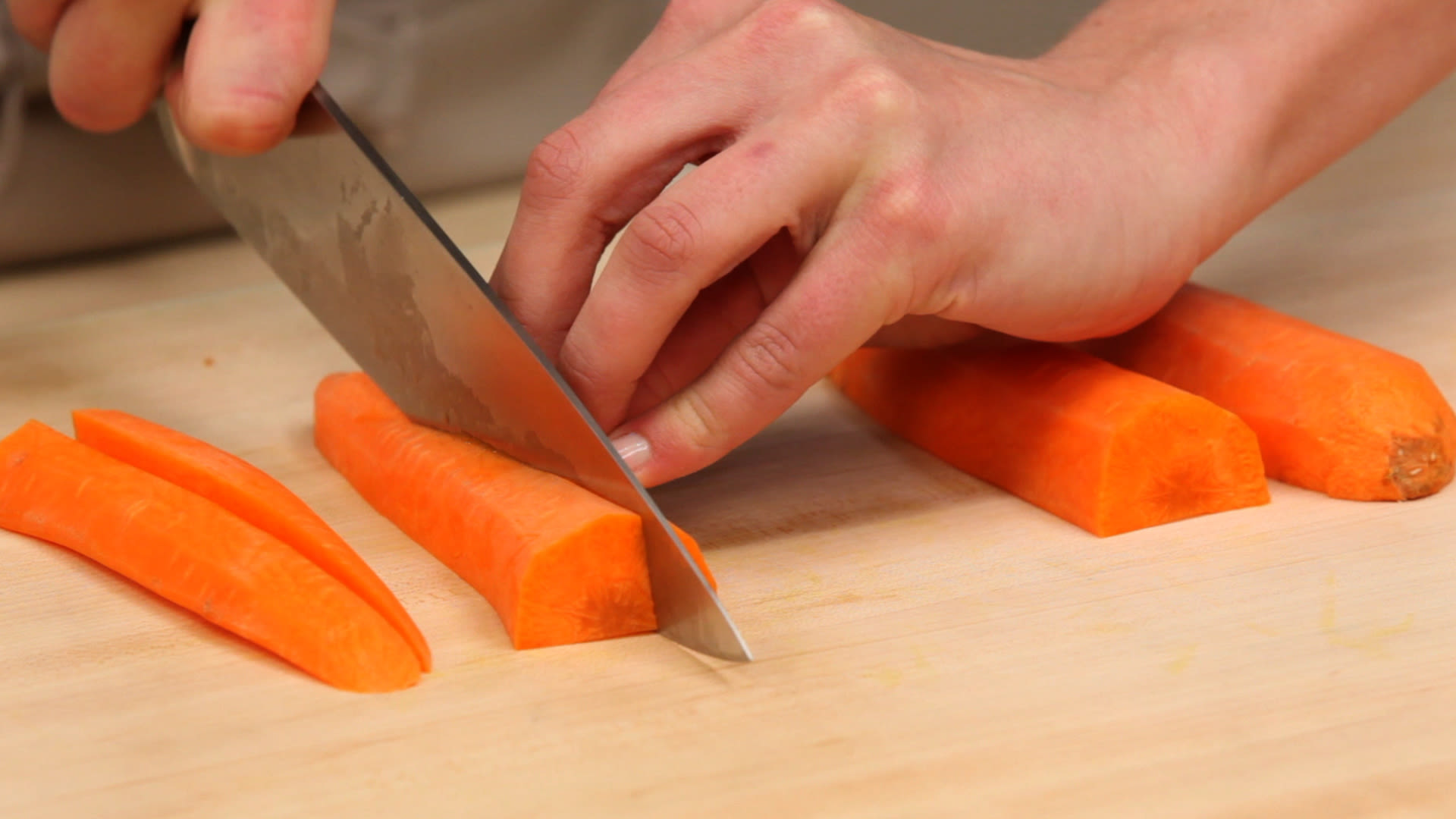



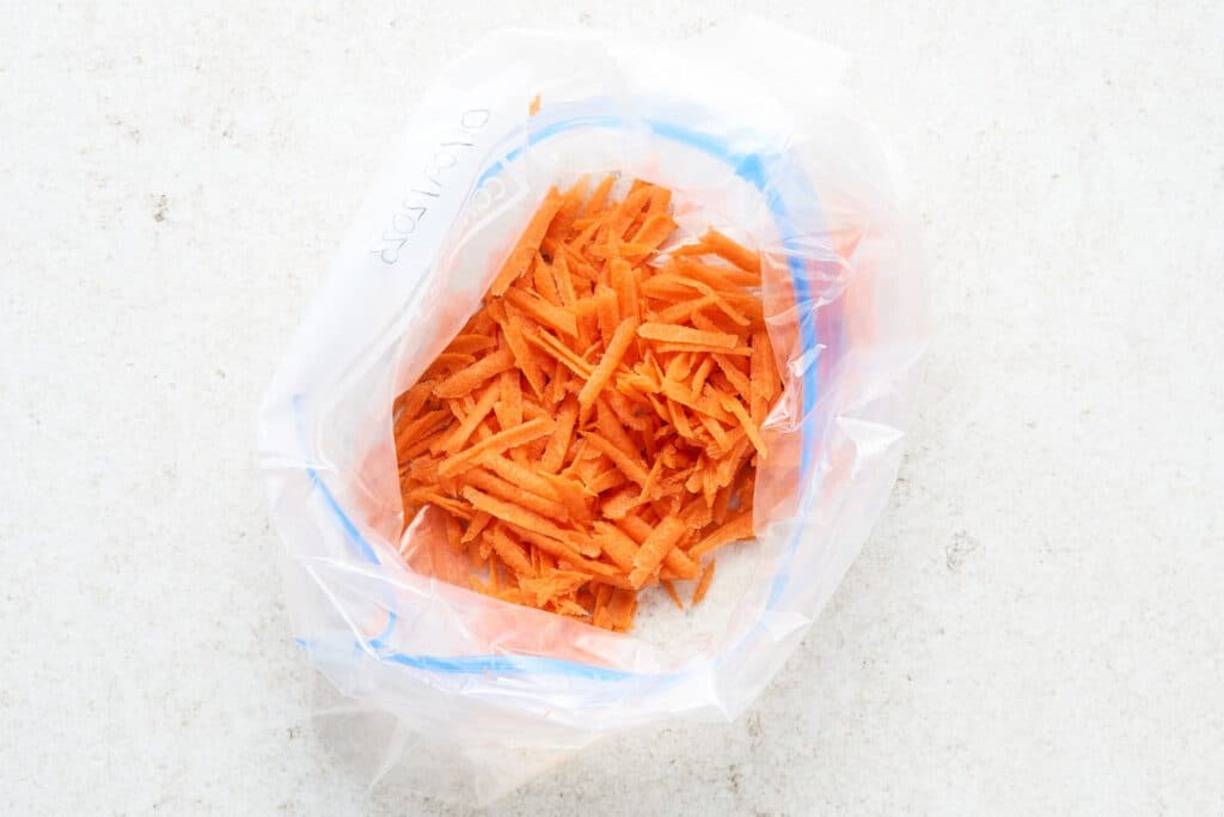
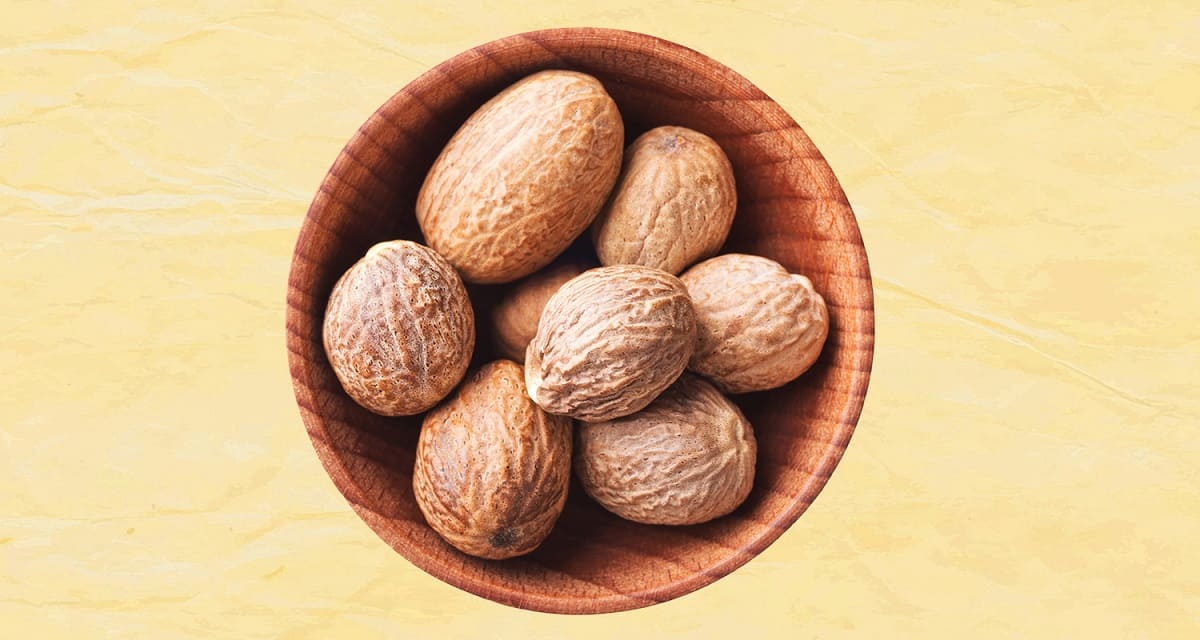
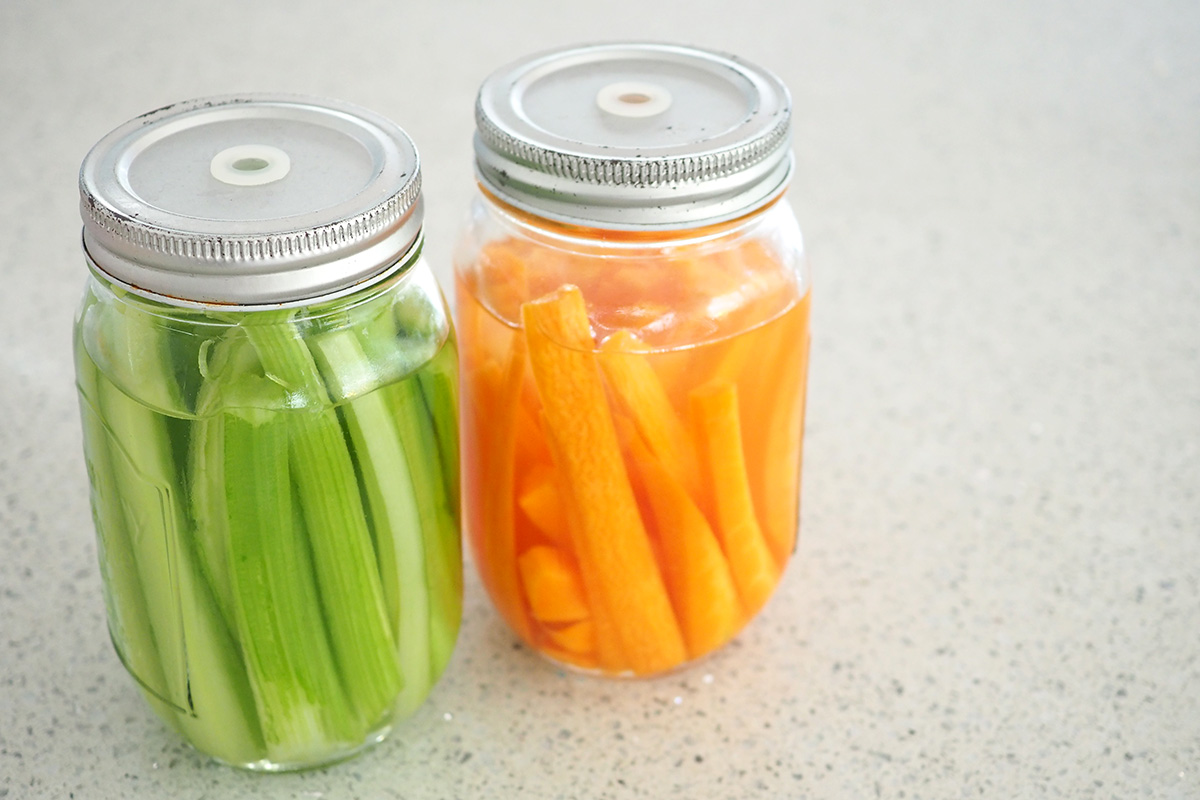


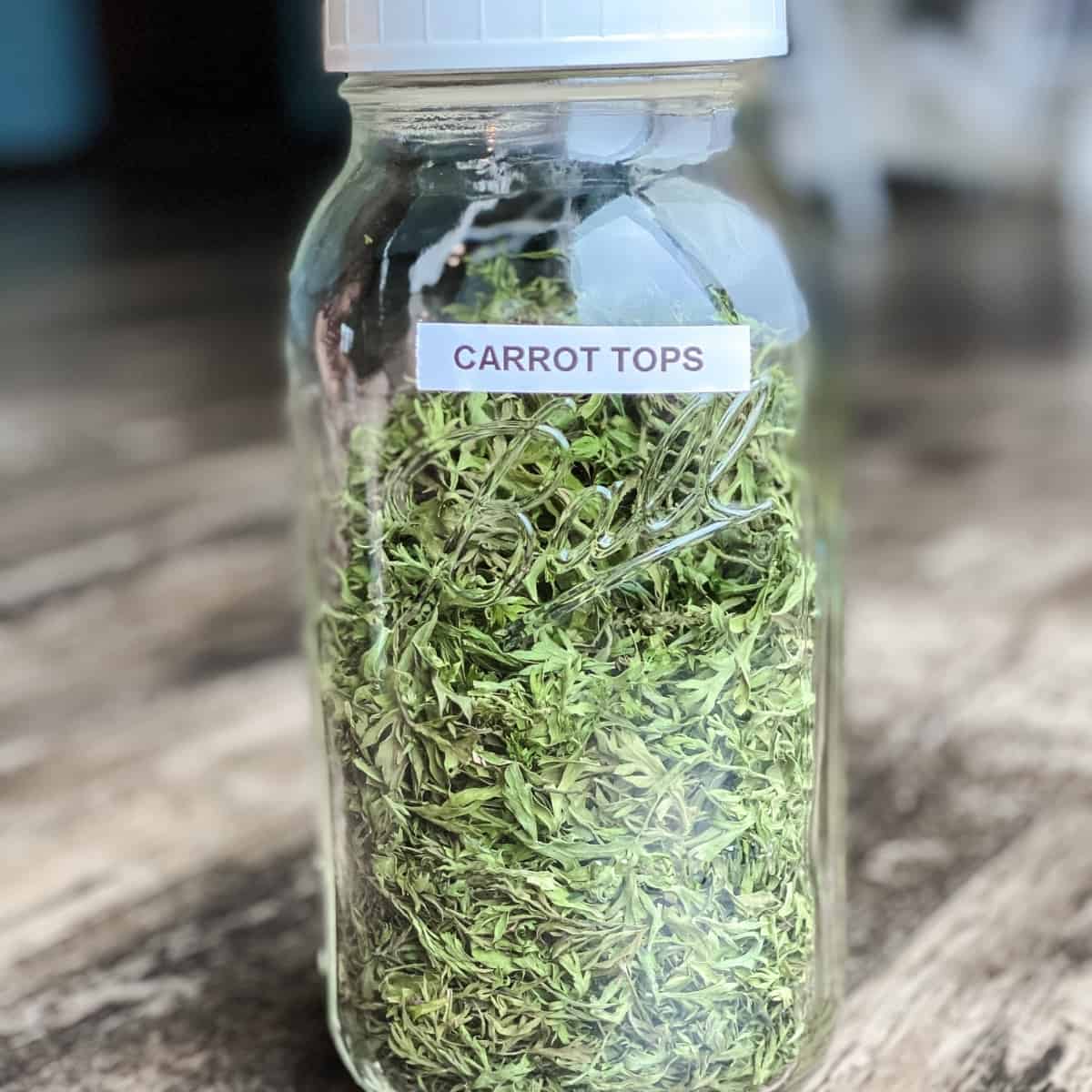

0 thoughts on “How To Store Whole Carrots”